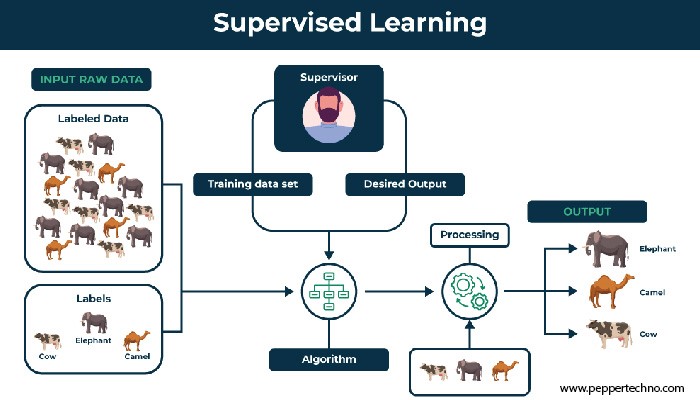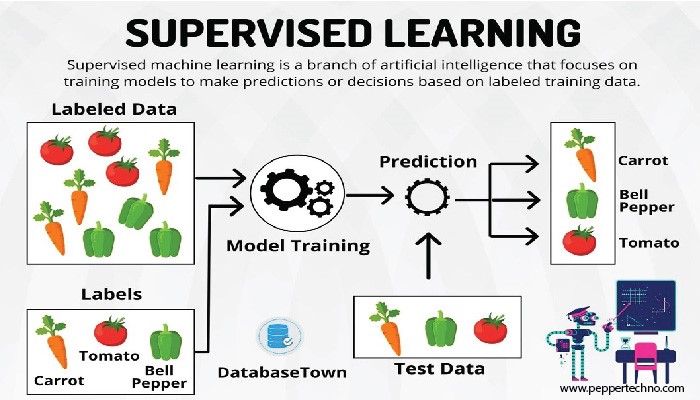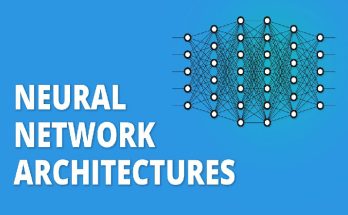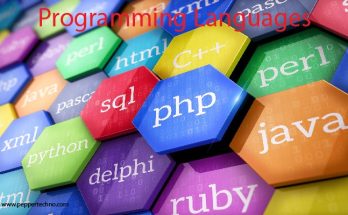Guiding Success: Navigating the Realm of Supervised Learning in Machine Learning
Welcome to the exciting world of machine learning, where algorithms have the power to transform data into valuable insights! Among the various branches of machine learning, supervised learning stands out as a guiding light in training models to make accurate predictions. Whether you’re new to the field or looking to deepen your understanding, this blog will navigate you through the realm of supervised learning in machine learning. Buckle up as we embark on this journey together!

Understanding the Basics of Supervised Learning
Supervised learning, a fundamental concept in machine learning, involves training a model on labeled data to make predictions or classifications. The process is akin to teaching a child by providing examples and correcting errors along the way.
In supervised learning, the algorithm learns from historical data where the correct outcomes are already known. It generalizes patterns from this data to make predictions on unseen instances with accuracy.
The key components of supervised learning include input variables (features), output variables (labels), a model that maps inputs to outputs, and an objective function that measures how well the model is performing.
Common types of supervised learning algorithms include linear regression for continuous outcomes and classification algorithms like logistic regression or support vector machines for categorical outcomes. Each algorithm has its strengths and weaknesses depending on the nature of the problem at hand.
Understanding these basics sets a strong foundation for delving deeper into more advanced concepts within supervised learning.
Types of Supervised Learning Algorithms
When delving into the realm of supervised learning in machine learning, it’s crucial to understand the diverse types of algorithms that drive this field forward.
One common type is regression, where the algorithm predicts continuous outcomes based on input data. It’s like fitting a line through points on a graph to make future predictions.
Classification algorithms are another key player. They categorize data into predefined classes, such as spam or non-spam emails, by analyzing features and patterns in the dataset.
Decision trees break down data into smaller subsets based on different attributes. By asking a series of questions about the variables, these trees help in making decisions or predictions.
Support Vector Machines (SVM) excels at classifying complex datasets by finding optimal boundaries between different classes using vectors in multidimensional space.
Ensemble methods combine multiple models to improve prediction accuracy. Techniques like Random Forests and Gradient Boosting are popular choices for achieving higher performance levels through collaboration among models.
Real-World Applications of Supervised Learning
In the real world, supervised learning algorithms play a crucial role in various industries and applications. One prominent example is in healthcare, where these algorithms are used for medical image analysis to assist doctors in diagnosing diseases like cancer. By training models on labeled data, these systems can detect patterns that might not be visible to the human eye.
Another field benefiting from supervised learning is finance. Banks utilize these algorithms for credit scoring to assess the creditworthiness of loan applicants. By analyzing historical data on customer behavior and repayment patterns, financial institutions can make more informed decisions regarding loan approvals.
Moreover, e-commerce platforms heavily rely on supervised learning for recommendation systems. These algorithms predict user preferences based on past interactions and purchasing behavior to offer personalized product suggestions, enhancing the overall shopping experience for customers.
Furthermore, in autonomous vehicles development, supervised learning is utilized for object detection and recognition tasks. By training models on annotated images and videos, self-driving cars can accurately identify pedestrians, vehicles, traffic signs, and other obstacles on the road to ensure safe navigation.
Challenges and Limitations of Supervised Learning
When delving into the realm of supervised learning in machine learning, it’s crucial to be aware of the challenges and limitations that come with it. One major challenge is the need for large amounts of labeled data for training models effectively. Acquiring and preparing this data can be time-consuming and costly.
Another hurdle is over fitting, where a model performs well on training data but fails to generalize to unseen examples. Balancing model complexity and simplicity is key to combatting this issue. Additionally, biased or imbalanced datasets can lead to skewed predictions, impacting the overall performance of a supervised learning algorithm.
Furthermore, interpreting and explaining complex models like deep neural networks can pose challenges in terms of transparency and accountability. As technology advances, addressing these limitations will be pivotal in harnessing the full potential of supervised learning techniques.
Conclusion
In the vast realm of machine learning, understanding supervised learning is essential for navigating its complexities and harnessing its potential. By grasping the basics, exploring various algorithms, delving into real-world applications, acknowledging challenges and limitations, and implementing strategies for success, you can truly unlock the power of supervised learning in machine learning. Embrace the journey towards mastering this foundational concept in artificial intelligence and pave the way for innovative solutions and advancements in diverse fields.



